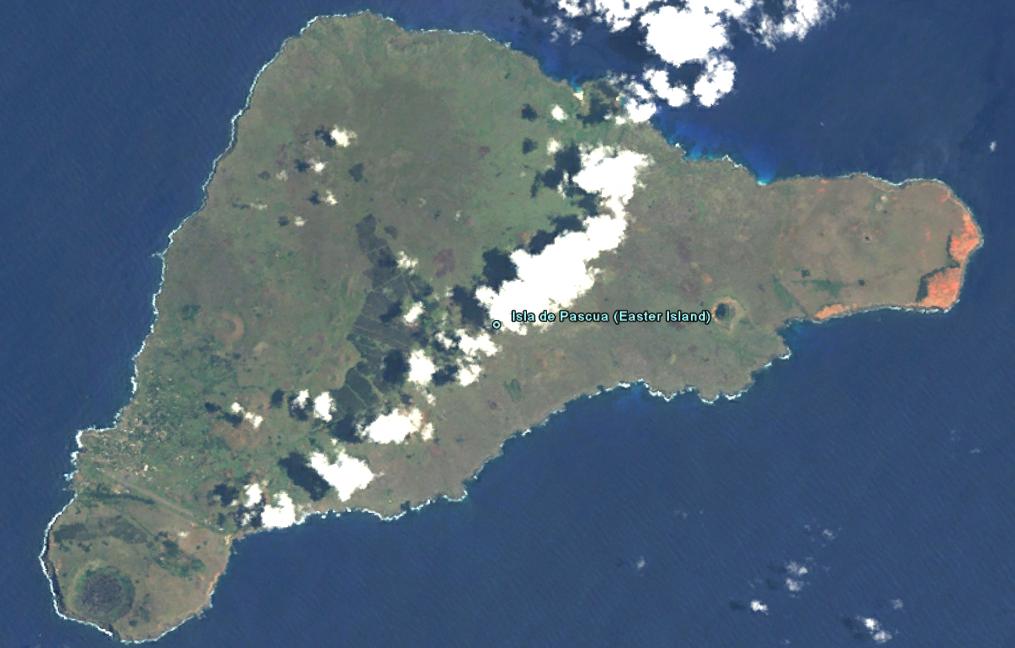














Summary
Ororo, a young man raised as a Monoko learns that his true heritage is pure Epee, that he is descended from the legendary founder of the island, Hotu Matua, whose legacy was a cave full of written scrolls. Ororo can’t reveal their existence so in order to learn how to read them he must proclaim himself Epee and compete in the annual Egg Race to earn a place in school Orongo.
He is accepted as a competitor but his pora is vandalized and Ororo is forced to compete without the safety float. Two leading competitors help Ororo because of the disgrace caused by the vandals and get him to shore, then as friendly rivals the three race for the top. During the scramble up the cliff face one falls to his death. Ororo and the other, Iko, are bonded by grief and both win places at Orongo.
The story resumes one year later on graduation day.
Tensions between Monoko and Epee have escalated to the point that civil war breaks out. Statues are toppled and the Epee are under siege.
Trapped on Poike peninsula, knowing they will be massacred, the Epee load women and children on their only ship to sail away.
Ororo, caught in the middle, takes charge of the Task Force that accompanies the women to the West coast where they load the ship with fresh supplies.
Once the women are safely gone the Task Force returns overland but are too late to save those besieged on Poike and all except Ororo and Iko are killed.
The two fugitives take refuge in the abandoned quarry among the statues but before they can get off the island they are discovered and Iko is killed.
Ororo confronts and then defeats his nemesis and his life is spared.
He settles down with his beloved Kara, who risked death and dishonour during the rebellion so they could savour a few brief moments together.
Background
I read Thor Heyerdahl’s book Aku-Aku about his explorations and explanations of Easter Island and marvelled at how the man who was there to understand, could be so dismissive of native accounts.
I researched further and the more I read the more fascinated I became and realized this story is not only about an ecological disaster. The demise of the civilization that created those statues was the result of genocide.
The Navel of the World
 This triangular shaped ridge of land formed from three volcanic cones is not only uninviting, it is one of the most isolated spots in the Pacific Ocean.
This triangular shaped ridge of land formed from three volcanic cones is not only uninviting, it is one of the most isolated spots in the Pacific Ocean.
Pitcairn Island, its closest neighbour, lies more than 2000 kilometers to the northwest and is itself so far off the beaten track that it became the final refuge and new homeland for Fletcher Christian and the rest of the HMS Bounty mutineers who lived out their lives undetected by dauntless British justice.
The next closest lies to the east, 2500 kilometers distant. It is the lonely island where Alexander Selkirk eked out a meager existence for four solitary years inspiring Daniel Defoe to write Robinson Crusoe now the island’s popular name.









